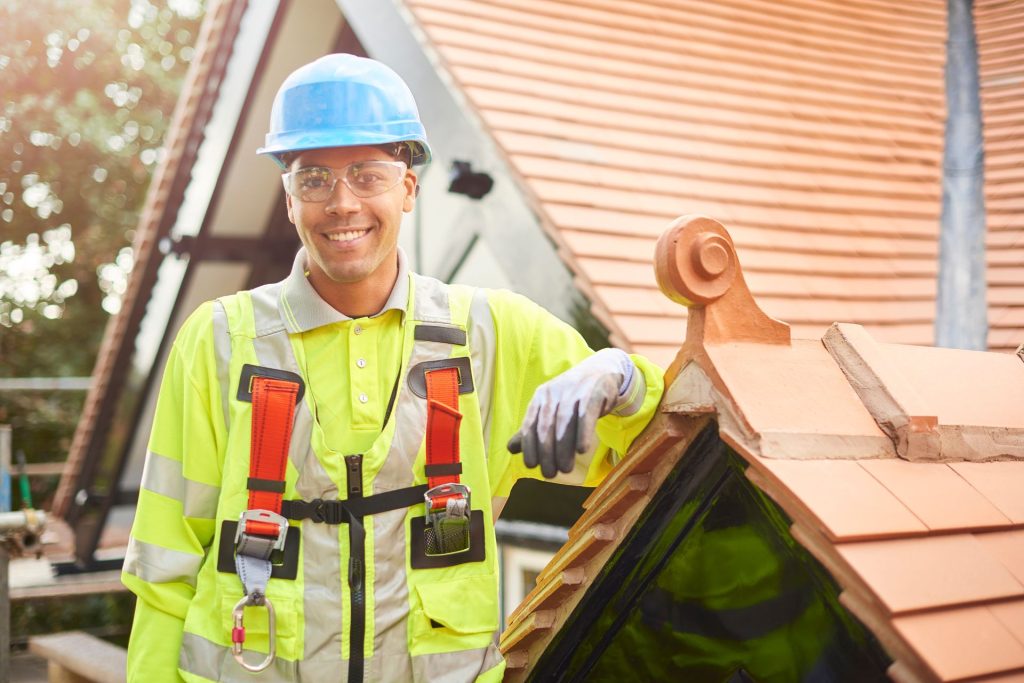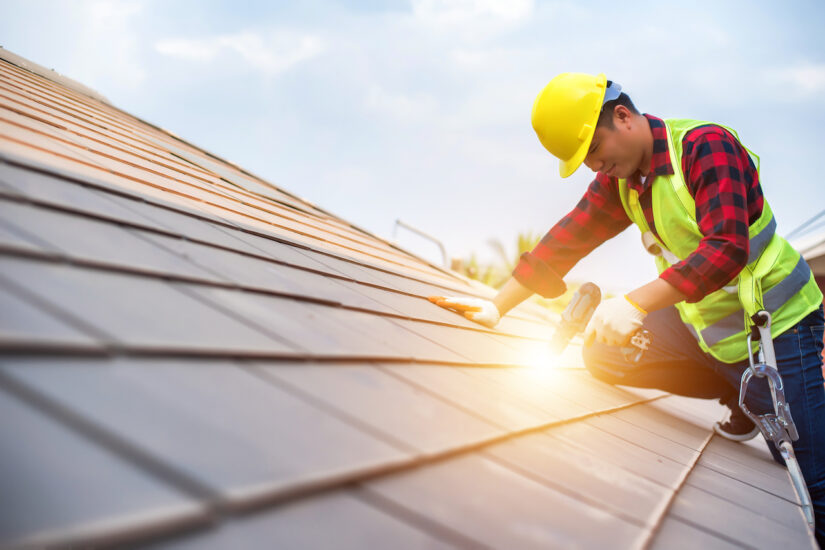Key Considerations for a Successful Roof Setup: Accomplishing Longevity and Performance
In getting started on the trip of roofing system installment, one have to focus on vital factors to consider to make certain both long life and effectiveness. The option of materials, tailored to hold up against neighborhood environment problems, plays a crucial duty in keeping architectural stability. As we check out these aspects, it becomes apparent that a successful roofing setup is not merely about covering a framework yet concerning crafting a durable and sustainable solution.
Choosing the Right Products

Environment plays an essential role in product selection. In areas vulnerable to hefty rains or snow, materials like asphalt tiles or steel roofing with high water resistance are recommended. On the other hand, in hot environments, materials with reflective buildings, such as cool roofing membrane layers or ceramic tiles, can help in reducing energy costs by dispersing sunshine.
Budget plan considerations likewise affect product option. While costs materials like slate or clay tiles supply resilient efficiency, they include greater upfront expenses. They can prove affordable over time due to their marginal maintenance needs and prolonged lifespan.
Finally, the building design of the building should integrate with the roof material. Standard homes might profit from wooden tiles, whereas contemporary frameworks may opt for smooth metal surfaces. By thoroughly considering these factors, you can pick materials that line up with both useful and visual goals.

Comprehending Roof Style
Recognizing roofing layout is vital in accomplishing a well-functioning and aesthetically pleasing framework. The style of a roof influences not only the aesthetic charm but also the architectural stability and performance of the building. An attentively made roof can enhance the total building style while guaranteeing reliable drainage, insulation, and air flow.
Crucial element of roof covering layout include the pitch, shape, and structural assistance system. The pitch, or slope, determines just how successfully water and debris are lost from the roofing system surface area, impacting the lifespan of roof materials. Common roof covering forms include gable, hip, level, and mansard, each offering distinctive advantages and aesthetic top qualities. Gable roofings are popular for their simpleness and efficient water shedding, while hip roofings supply outstanding stability in high wind locations.
Structural assistance systems, such as trusses and rafters, are essential in distributing weight and preserving the roofing's integrity. Appropriate style makes sure that the roof can endure ecological tons and withstand deformation. Furthermore, integrating features like overhangs and eaves can safeguard the structure's façade and enhance energy effectiveness by supplying shade and decreasing warm gain.
Inevitably, a well-considered roof covering style equilibriums develop, work, and sturdiness, go right here contributing to the lasting success of the installment.
Environment Considerations

In warm and warm climates, roof materials need to show, as opposed to absorb, solar warm to preserve power effectiveness and protect against extreme thermal growth, which can cause product degradation - Keep Dry Roofing St Peters MO. Conversely, in colder areas, materials have to give sufficient insulation to prevent warm loss and hold up against freeze-thaw cycles that can create cracking and various other architectural concerns
Furthermore, the choice of shade and finish can significantly affect a roofing system's thermal performance, especially in areas with extreme temperature variations. Neighborhood structure codes commonly offer advice on appropriate materials and designs, mirroring regional climate concerns. Consequently, a comprehensive understanding of weather problems is vital for picking materials and layouts that make sure a roofing's optimal performance over its life expectancy.
Installment Best Practices
Efficient roof installment is a critical element of ensuring lasting toughness and efficiency. Sticking to best techniques throughout installment not only safeguards architectural honesty but likewise reduces expensive future repair services. Choosing the appropriate products is critical. Making use of top quality shingles, underlayment, and flashing customized to the certain climate and structure layout will improve the roofing's durability.
Just as crucial is the preparation of the roofing system deck. Making certain that the deck is tidy, dry, and structurally audio before installation protects against problems such as leaks and early wear. Correct air flow is an additional key factor to consider, as it minimizes moisture accumulation and thermal stress, consequently prolonging the roof covering's lifespan.
Precision in dimension and placement during the installation process is critical. This includes exact placement of roof shingles and precise focus to overlapping, which prevents water access. Employing specialist, competent labor makes certain these criteria are satisfied, decreasing the danger of mistakes that could jeopardize the roof's efficiency.
Energy Effectiveness Strategies
Enhancing a roof covering's energy effectiveness is a strategic factor to consider for reducing energy expenses and environmental my response impact. By choosing suitable materials and innovations, property owners and contractors can significantly enhance the thermal performance of a roofing system, thus decreasing power consumption. Among the primary techniques involves the use of reflective roof covering materials, which news disperse more sunshine and take in less warm. This can cause a substantial decrease in cooling down costs, particularly in warmer climates.
Furthermore, the consolidation of adequate insulation is vital in avoiding heat transfer between the interior and exterior of a building. Insulation materials with high R-values, such as spray foam or inflexible foam boards, work in keeping a regular indoor temperature, thus optimizing a/c system performance.
Furthermore, the combination of photovoltaic panels on rooftops not just creates renewable resource but can also offer color, further lowering warm gain (Keep Dry Roofing St Peters MO). Advancements like cool roof coverings, which utilize coverings to mirror even more sunshine, are also obtaining popularity for their capability to decrease roofing system temperatures
Conclusion
Finally, achieving a successful roof installation requires a thorough strategy that incorporates the choice of high-quality products tailored to certain weather problems, thoughtful layout considerations for optimum drainage and structural honesty, and adherence to precise installment methods. These components jointly ensure the prevention of moisture build-up and thermal stress and anxiety, thereby boosting the roof covering's longevity and performance. Including approaches to enhance power effectiveness better adds to minimizing upkeep demands and decreasing energy intake over the roofing system's lifespan.